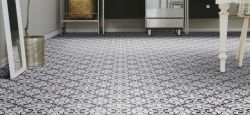What can cause gaps in laminate flooring?
When you first notice gaps in your laminate flooring, it will show up as shrinking – this is often apparent when your laminate floor is separating on the long side (longitudinal gaps), or when the laminate floor starts gapping on the short side or the ends of the planks (lateral gaps). When you begin to see these cracks and gaps appearing, it’s time to take action!
Possible causes for your laminate flooring separating include:
1. Faulty locking mechanism
Laminate is usually made with a click mechanism that locks straight once snapped together. If your laminate boards are gapping, it’s possible that the edges simply didn’t engage properly when the flooring was laid. However, it’s worth noting that sometimes your boards may have separated because the locking mechanism is faulty or broken.
This can happen either during installation if you’re too rough with the boards when placing them together, or if your floor becomes too bouncy and snaps under the pressure. But you probably won’t be able to tell if the problem is a simple, easily corrected misalignment or serious damage until either you or a professional try to put the pieces back together.
It’s important to observe which side of the board the gaps appear on – whether the laminate floor separates on the long side (longitudinal gaps) or the short side of the planks (lateral gaps).
2. Uneven subfloor
An uneven subfloor is often the cause of most laminate flooring issues, especially laminate flooring gaps. When your laminate was installed, the subfloor should have been checked to ensure it was clean, dry, and smooth – our helpful guide explains the signs of a good subfloor. Any unevenness underneath will eventually begin to affect the planks above.
3. Over-expansion
Wood-based products shrink and expand in response to temperature and humidity. Over-expansion can happen if the laminate flooring didn’t acclimatise to the room before being installed – it should be left for 24 to 72 hours in the room where it will be placed to allow it to adapt to the ambient temperature and humidity of the room.





























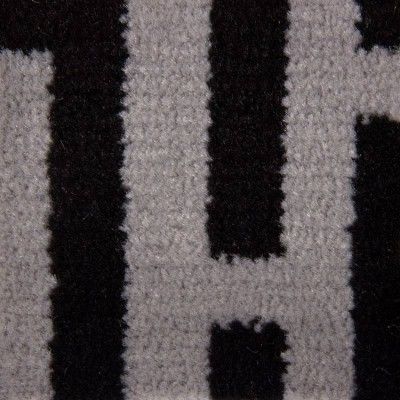















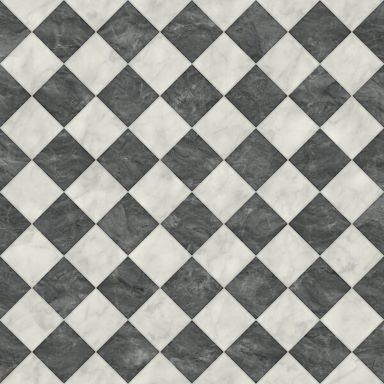
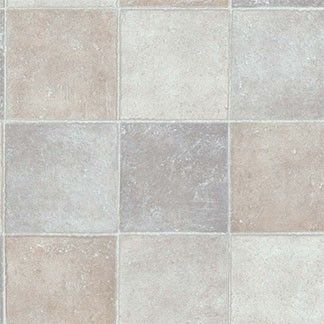
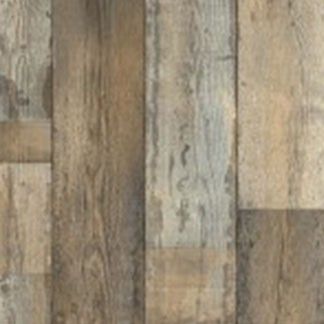









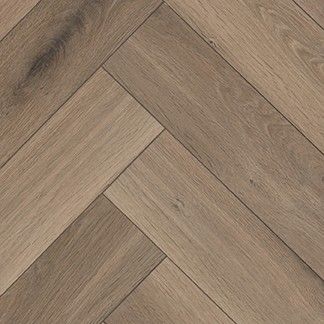
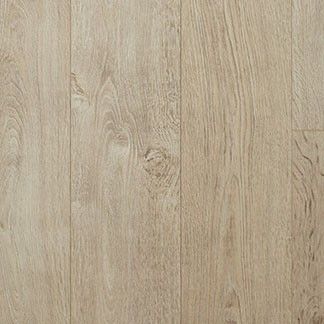

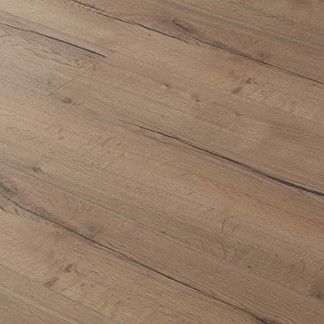


















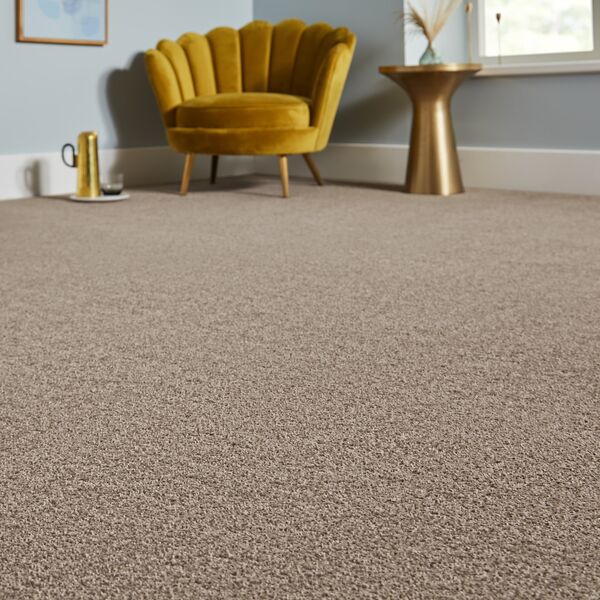
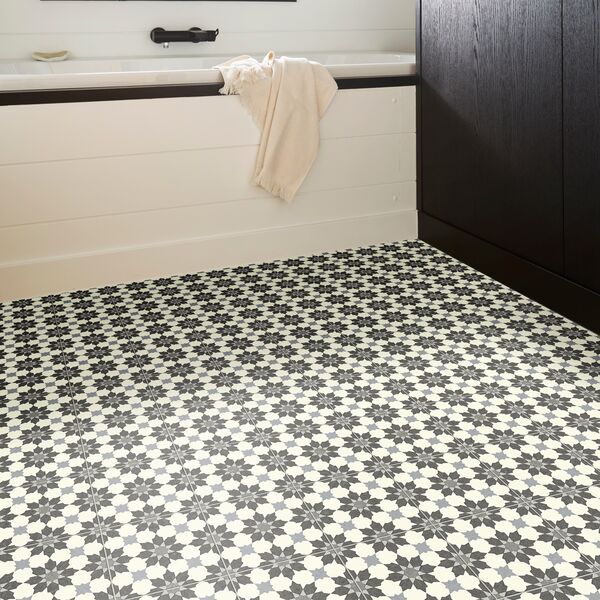
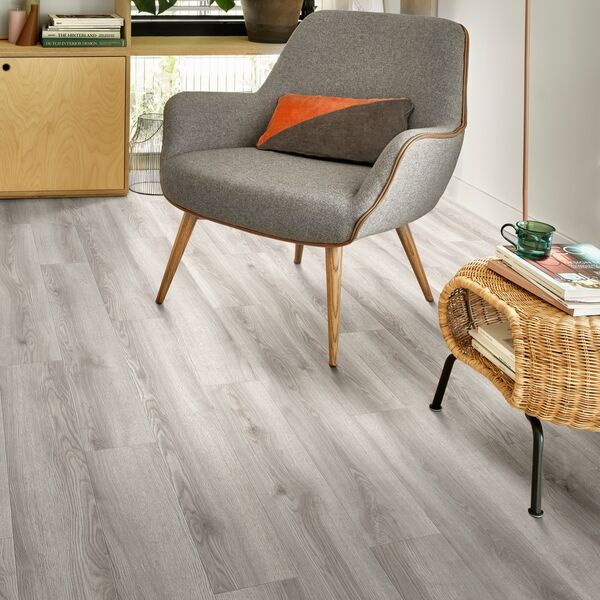
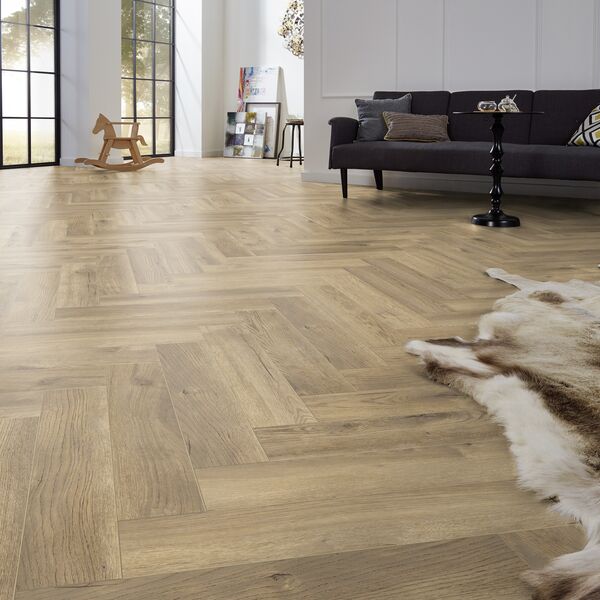
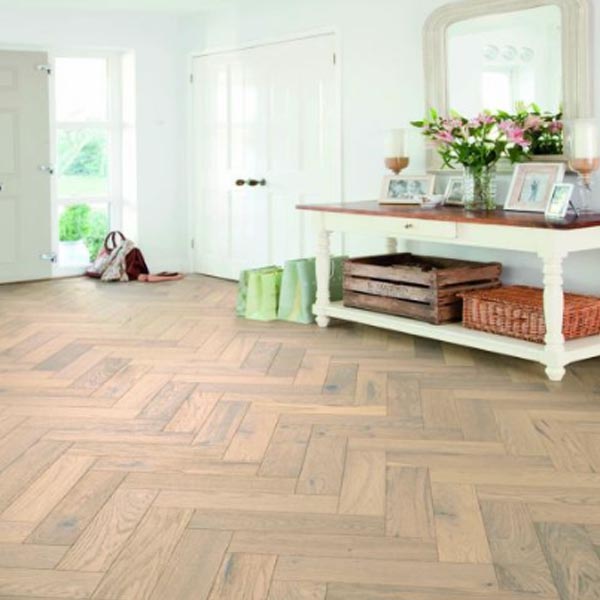

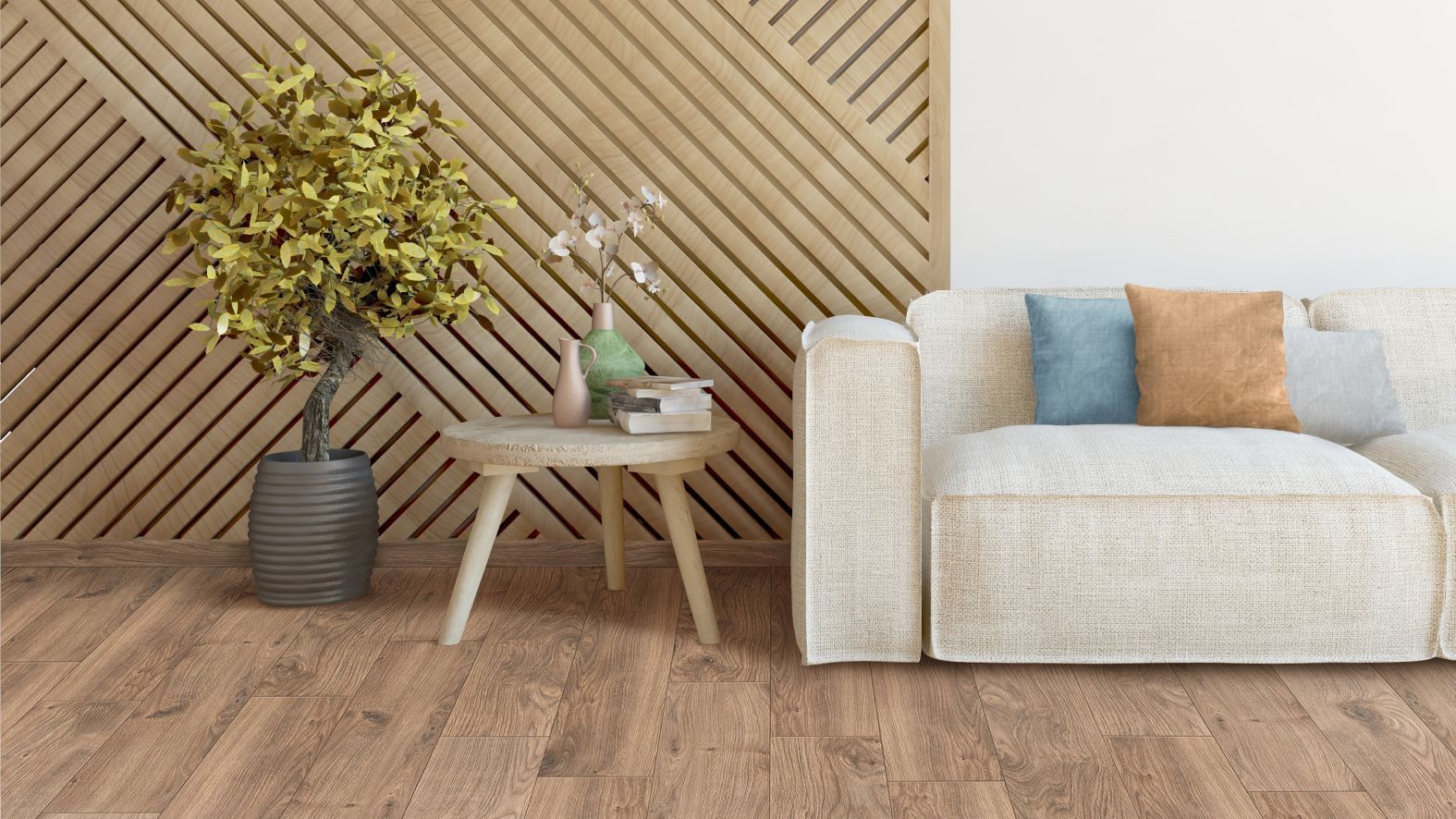
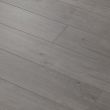
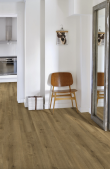





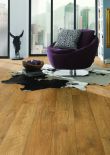


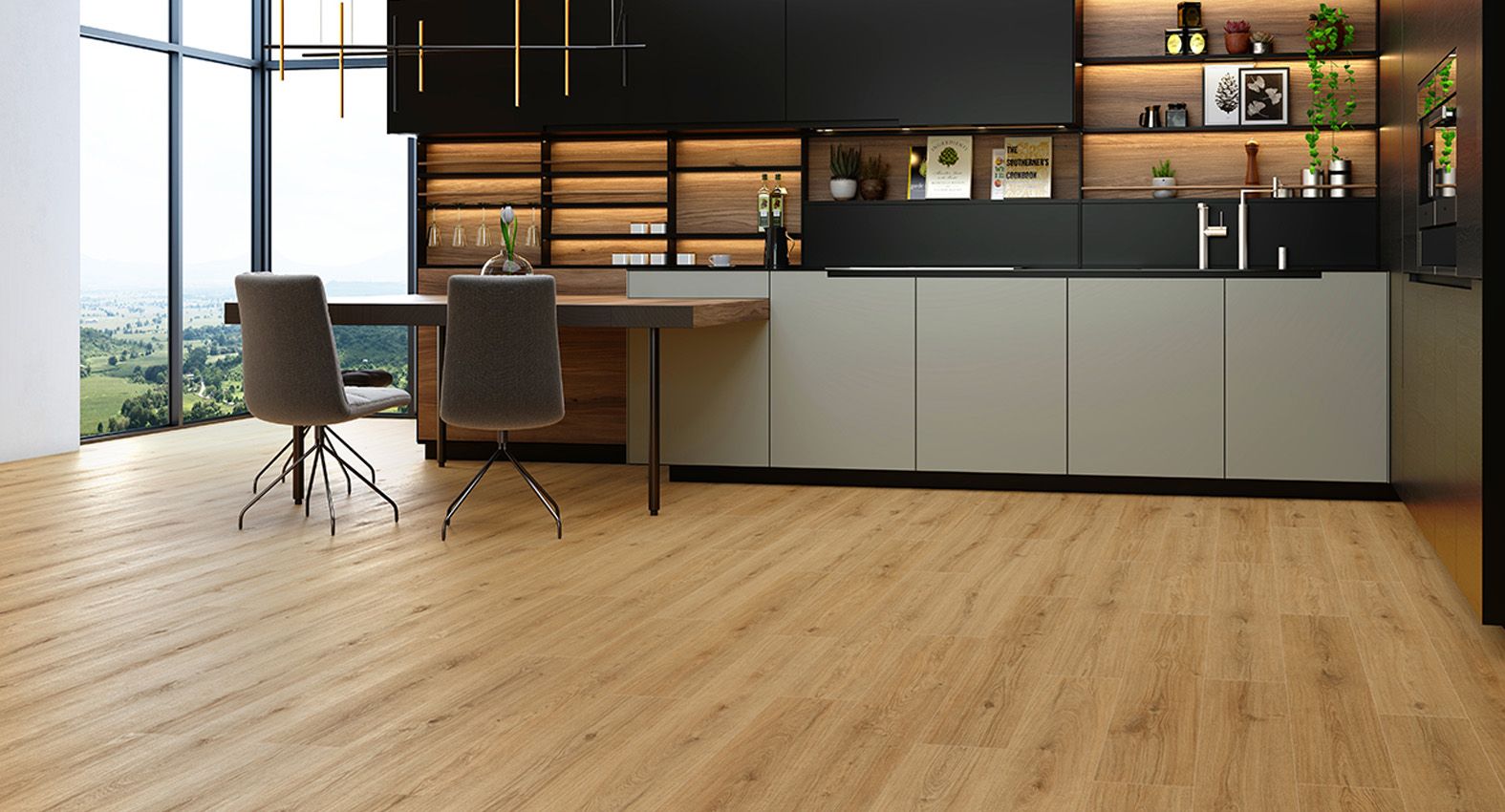
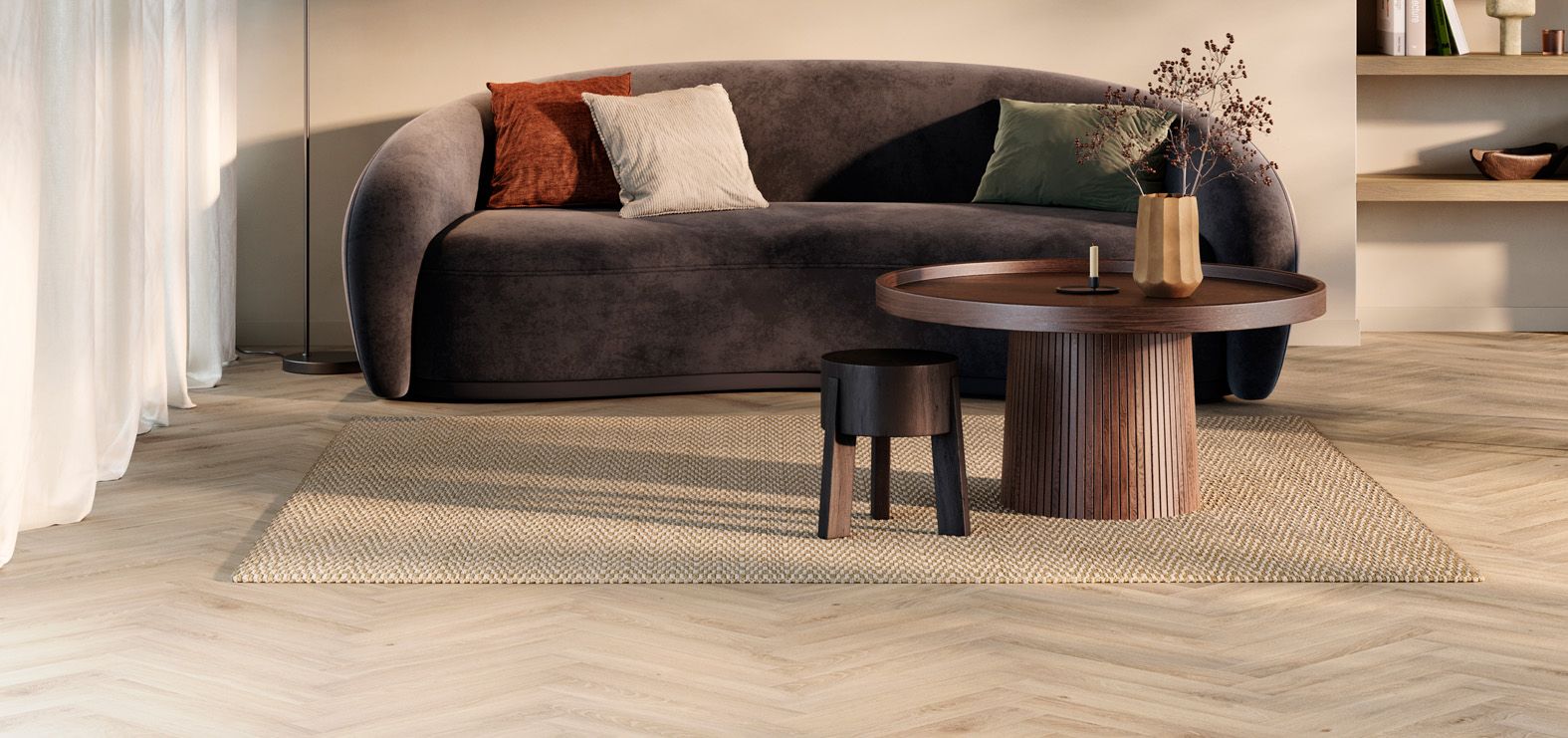
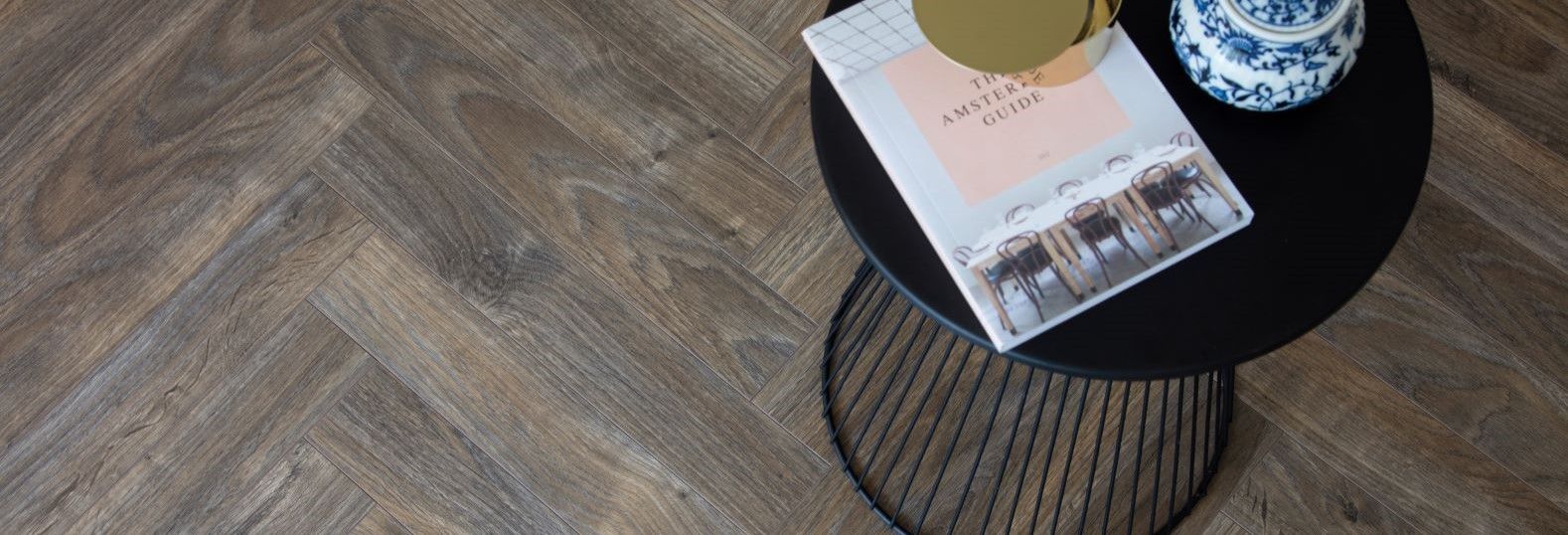

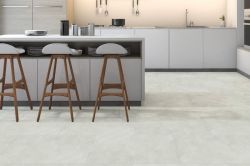

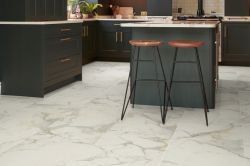
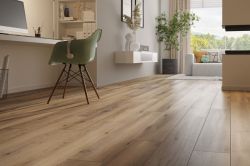

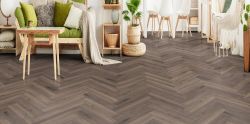
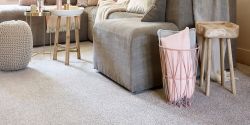
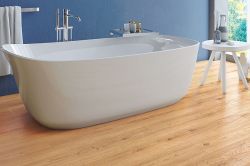
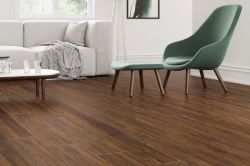


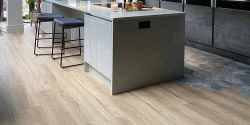
-250.jpg)
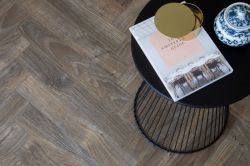


-250.jpg)
 copy-250.jpg)



 - Article Image (not header)-250.jpg)
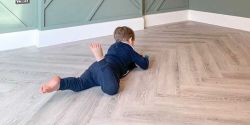

-250.jpg)
